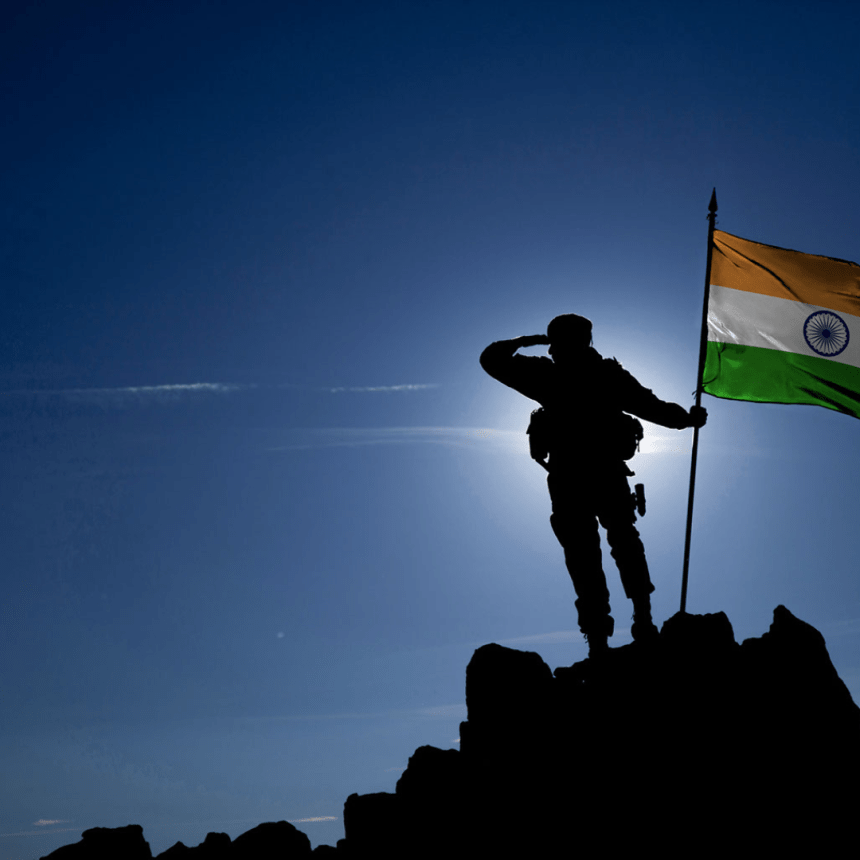Indian armed forces inspect applicants’ medical records before recruiting them. One of the most important tests to pass is the eye examination.
An eye test usually involves visual acuity, color vision, and a slit lamp examination. Special circumstances may require applicants to undergo other tests, such as a night vision test, field of vision test, or binocular vision test.
In the event of a failed eye test, it is extremely difficult to pass a reexam.
1. Visual acuity testing for near and distance
Candidate reads a chart placed at a distance of 6 m in a visual distance test.
20/20 or 6/6 vision is considered to be normal eyesight. It simply means that the candidate is able to see clearly an object 20 feet or 6 m away. If the vision is 20/30 or 6/9, it means that they are able to see an object from 20 feet or 6m which a person with normal vision can see from 30 feet or 9m. This means that their vision is lesser than normal.
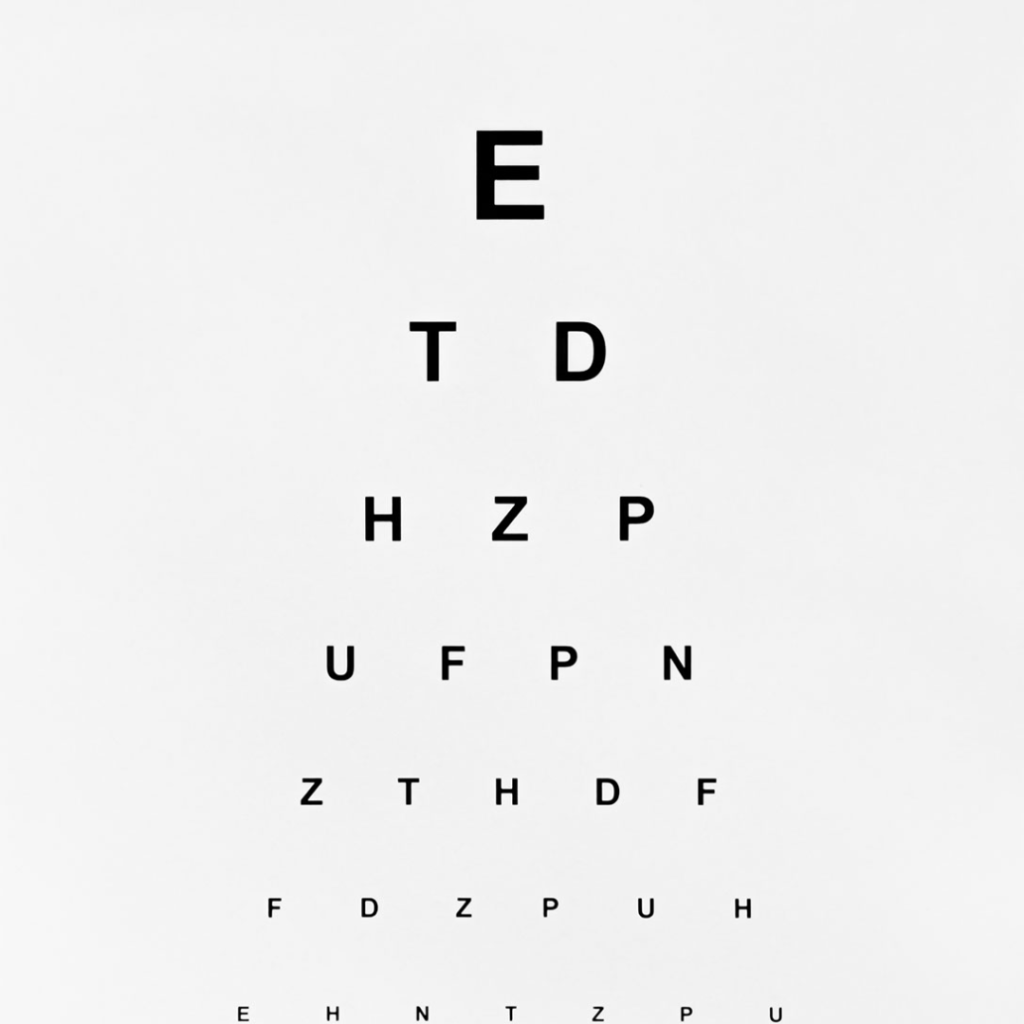
An evaluation of near vision is done with a book at a distance of 25 cm, and candidates must read the chart from top to bottom, with the letters or numbers becoming smaller with each line.
2. Color vision testing:
Currently, the Ishihara and Martin Lantern Tests (MLT) are the recommended tests in India.
The candidates should be able to distinguish white, red, and green colors correctly as shown by Martin’s Lantern at a distance of 1.5 m or read the requisite plate in the Ishihara Book/Tokyo Medical College Book.
COLOUR VISION TEST BY ISHIHARA BOOK
Ishihara test consists of a set of plates with dots of various colours and sizes. Within these dots are numbers that can be easily read by a person with normal colour vision. A person having some sort of red-green deficiency gets confused between the dots that make the numbers and the surrounding dots, therefore they read it incorrectly.
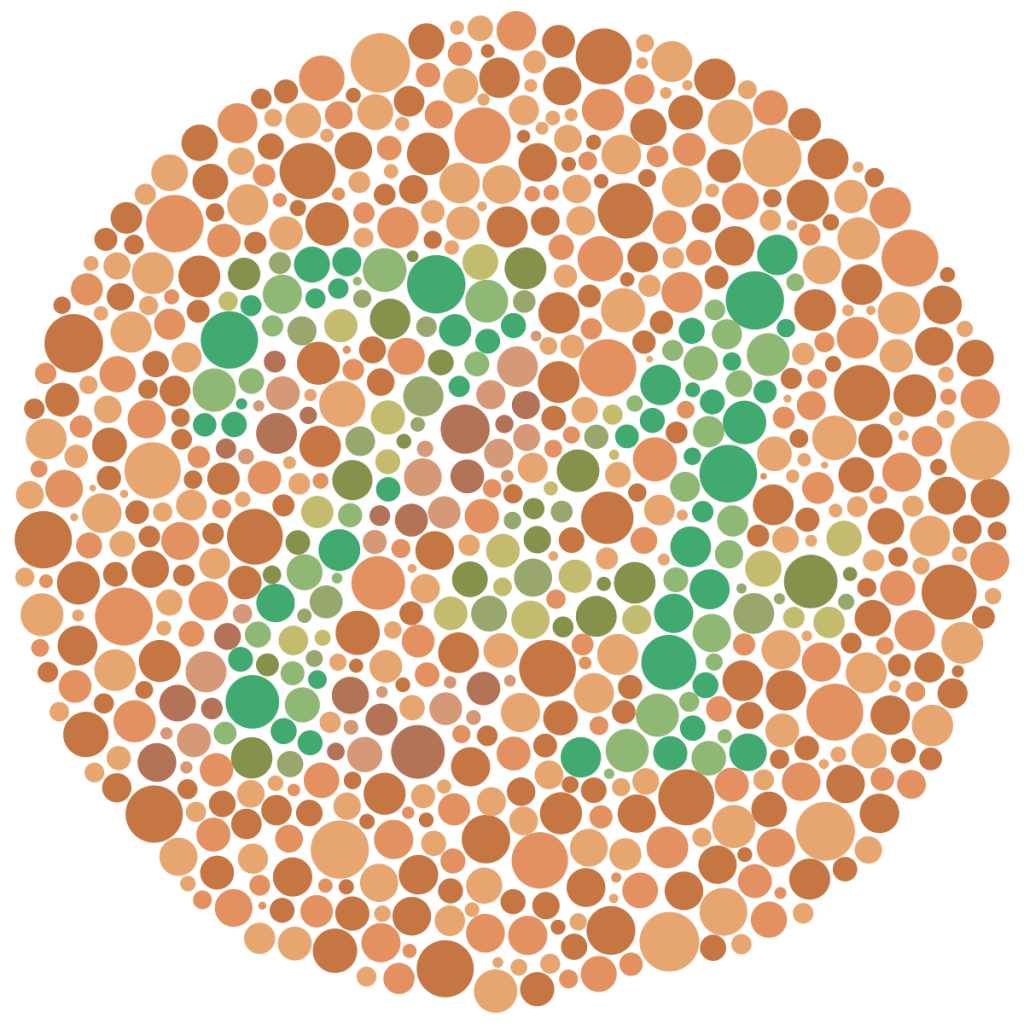
The full test consists of 38 plates but usually, a 24-plate Ishihara test is enough to diagnose the condition.
The prerequisites of doing Ishihara color deficiency test are
1. Your doctor will probably take you out or near the window and make you take the test in natural light. This is because the warm indoor colors or bright phone background light may interfere with the sensitivity of the test.
2. The book is held 75m away.
3. It needs to be held up in front of the eyes and not put down on the table.
4. Usually, not more than 3 seconds are given for each plate to avoid visual cues from touching or tracing.
Although the Ishihara test is best taken in a doctor’s office, you can try our online test to check your color vision. The result can be different in actuality because of ambient lighting and the background light of your device.
Grading Level of Colour Perception
Colour perception (CP) can be graded as follows:
CP-1: Correct identification of colors with the smallest aperture in the Martin Lantern test at six meters.
CP-2: Pass Ishihara book without errors.
CP-3: Correct identification of colors with the largest aperture in the Martin Lantern test at 1.5 meters OR able to read requisite plates of Ishihara.
CP-4: Failed CP-3, Poor color vision
Check their official website for the latest criteria regarding the accepted level of color perception for the armed forces.
3. Slit lamp examination:
An eye examination is performed through a microscope while the candidate sits in front of a doctor inspecting the eye.
4. Retina examination:
A slit lamp can be used to examine the retina or an indirect ophthalmoscope can be used by dilating the pupil and using light and lens to inspect the inside of the eye.
5. Night vision test:
A doctor may ask a candidate to take a night vision test, in which the candidate sits in a dark room for 25-30 minutes.
Following this the candidate is shown some images to identify.
6. Binocular vision test:
An instrument called synoptophore is used to grade binocular vision. The Indian Air Force seeks candidates with grade 3 binocular vision for recruitment. Grade 3 is stereopsis, the second grade is fusion, and grade 1 is simultaneous perception. The candidates must have good depth perception for getting selected.
VISUAL STANDARDS FOR INDIAN ARMY:
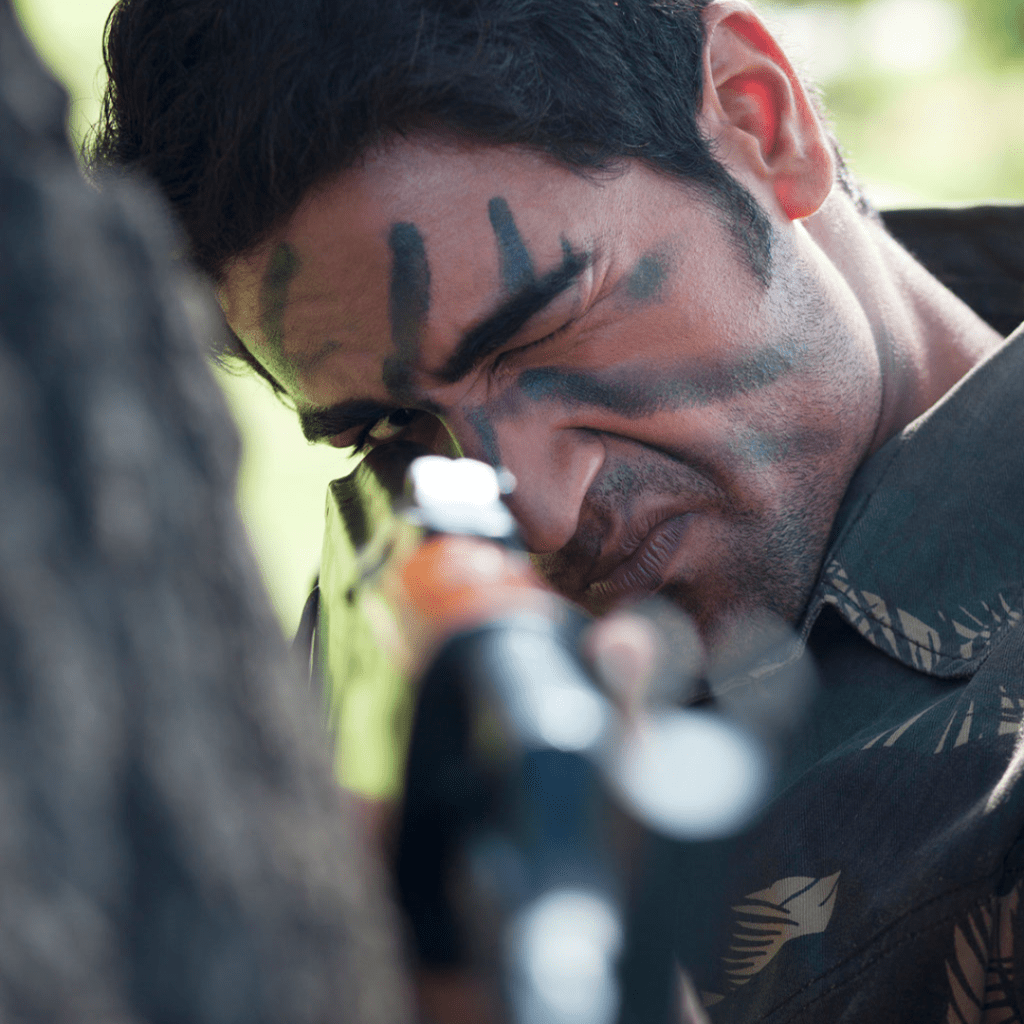
1. Best corrected visual acuity in the better eye is 6/6 and 6/18 in the worse eye. Myopia should not be more than – 3.5D and hypermetropia not more than +3.5D including astigmatism.
2. Heathy retina
3. Good binocular vision.
4. No evidence of Refractive Keratotomy (RK) for improving visual acuity.
VISUAL STANDARDS FOR AIR FORCE
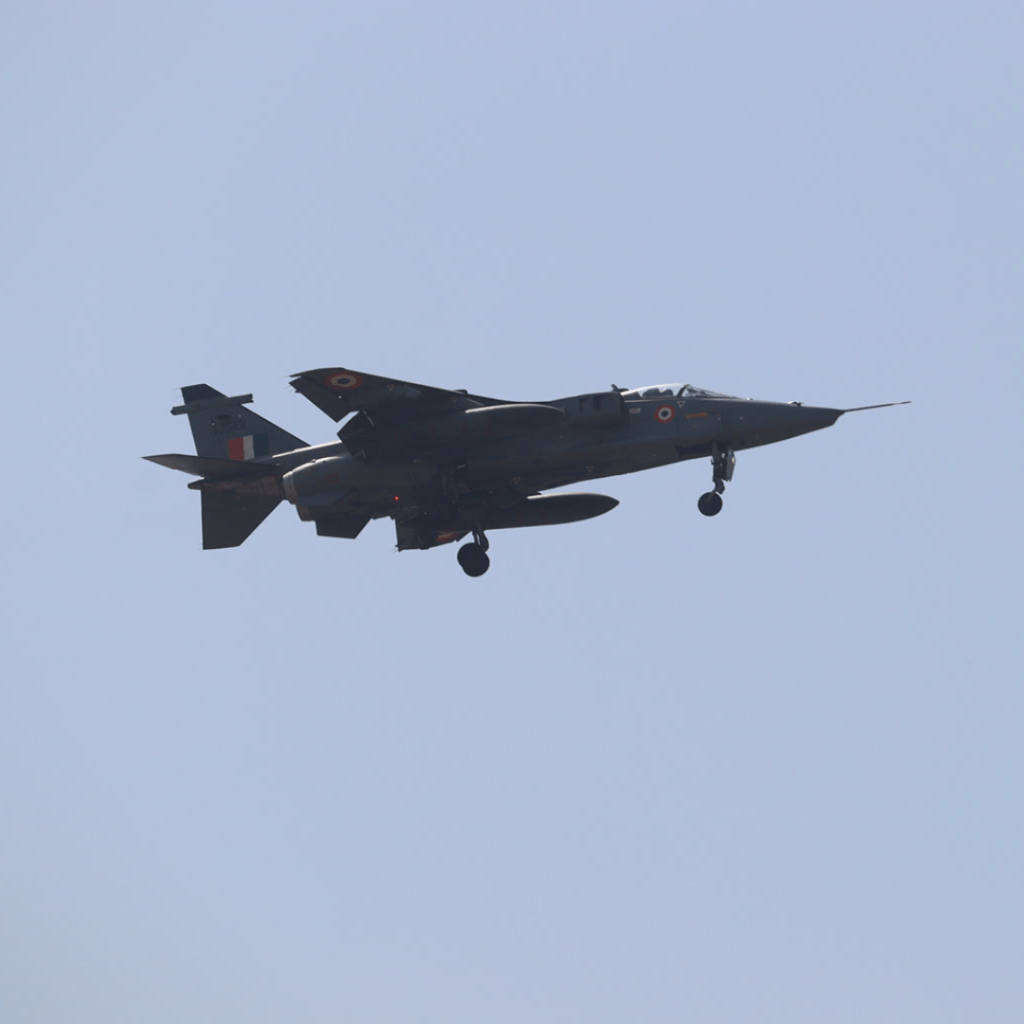
| SL No | Branch | Maximum Limits of Refractive Error | Visual Acuity Errors | Colour Vision |
| 1 | F(P) including WSOs | Hypermetropia: + 2.0D Sph Manifest Myopia: Nil Retinoscopic myopia: – 0.5 in any meridian permitted Astigmatism: + 0.75D Cyl (within + 2.0D Max) | 6/6 in one eye and 6/9 in other, correctable to 6/6 only for Hypermetropia | CP-I |
| 2 | Aircrew other than F(P) | Hypermetropia: +3.5D Sph Myopia: -2.0D Sph Astigmatism: + 0.75D Cyl | 6/24 in one eye and 6/36 in other, correctable to 6/6 and 6/9 | CP-I |
| 3 | Adm/Adm (ATC)/ Adm (FC) | Hypermetropia: + 3.5D Sph Myopia: -3.5D Sph Astigmatism: + 2.5D Cyl in any meridian | Corrected visual acuity should be 6/9 in each eye. | CP-II |
| 4 | AE(M) AE(L) | Hypermetropia: + 3.5 D Sph Myopia: -3.50 D Sph Astigmatism: + 2.5D Cyl in any meridian | Corrected visual acuity should be 6/9 in each eye. Wearing of glasses will be compulsory when advised | CP-II |
| 5 | Met | Hypermetropia: + 3.5 D Sph Myopia: -3.50 D Sph Astigmatism: + 2.50 D Cyl | Corrected visual acuity should be 6/9 in each eye. Wearing of glasses will be compulsory when advised | CP-II |
| 6 | Accts/ Lgs/Edn | Hypermetropia: + 3.5 D Sph Myopia: -3.50 D Sph Astigmatism: + 2.50 D Cyl | Corrected visual acuity should be 6/6 in the better eye and 6/18 in the worse eye. Wearing of Glasses will be compulsory. | CP-III |
THE NEW VISUAL STANDARDS (NVS-20)For Indian Navy are :-

| CRITERIA | NDA(NAVY)/ NDA(NA)/ 10+2(BTECH)/CW | AVIATION | ATC | CDS/NCC/ DESSC(GS/X)/PC (GS/X)/DESSC(HYDRO) | GRADUATE ENTRY TECHNICAL BRANCHES | NAIC/NAVAL CONSTRUCTOR/ ARCHITECT/ LAW/ LOGISTICS/ EDUCATION/IT/ MUSICIAN | SD LIST COMMISSION |
| UCVA | 6/6, 6/9, 6/6 IN BETTER AND 6/9 IN WORSE GETTING CORRECTED TO 6/6 WITH CORRECTION | 6/6, 6/9 | 6/9, 6/9 | 6/12,6/12 | 6/24, 6/24 | 6/60, 6/60 | 6/36,6/36 |
| BCVA | 6/6, 6/6 | 6/6, 6/6 | 6/6, 6/6 | 6/6, 6/6 | 6/6, 6/6 | 6/6, 6/6 | 6/6, 6/6 |
| Limit of myopia | -0.75 | nil | -0.75 | -1.5 | -3.5 | -3.5 | -3.5 |
| Limit of hypermetropia | +1.5 | +1.5 | +1.5 | +1.5 | +3.5 | +3.5 | +3.5 |
| astigmatism | +/-0.75 | +/-0.75 | +/-0.75 | +/-0.75 | +/-2.5 | +/-2.5 | +/-2.5 |
| Binocular vision | III | III | III | III | III | III | III |
| Colour perception | I | I | II | I | II | II | II |
| LASIK/ PRK/ SMILE/ CONTOURA | NO | YES | YES | YES | YES | YES | YES |
| RADIAL KERATOTOMY | NO | NO | NO | NO | NO | NO | NO |
LASIK/REFRACTIVE SURGERY: WILL IT DISQUALIFY YOU FROM JOINING THE ARMED FORCES?
WHAT ARE THE DIFFERENT TYPES OF REFRACTIVE SURGERIES?
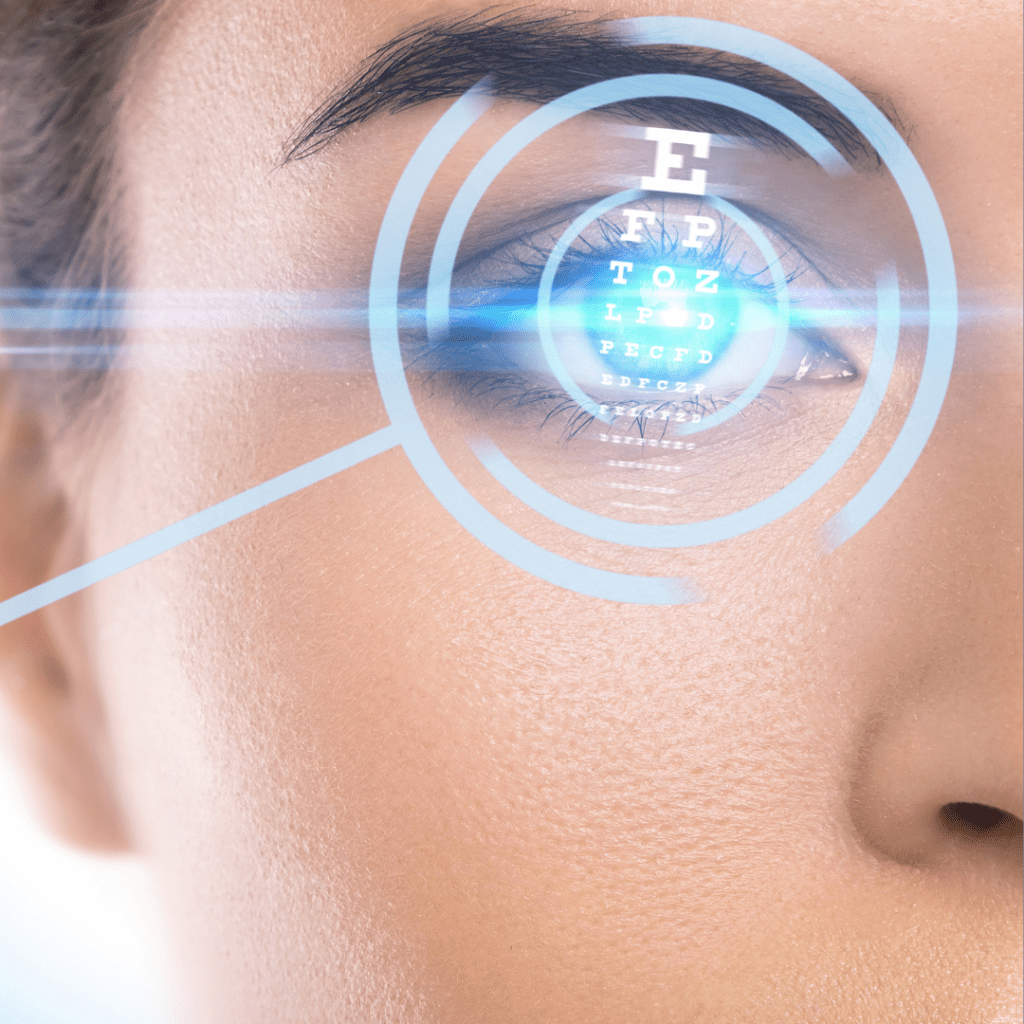
Refractive procedure is an eye surgery that will reduce dependency on visual aids such as spectacles and contact lenses.
The various types of refractive surgeries allowed by the armed forces for refractive power not more than 6 D are:
1. PRK
2. LASIK
3. Contoura Vision LASIK or customized wavefront-guided LASIK
4. ReLEx SMILE
The following criteria must be met by candidates who have undergone REFRACTIVE SURGERY to correct refractive error:
- Refractive surgery (PRL/LASIK/SMILE/CONTOURA) surgery should not have been carried out before the age of 20 years.
- The axial length of the eye should not be more than 25.5 mm as measured by IOL master.
- At least 12 months should have elapsed post uncomplicated stable PRK/ LASIK with no history or evidence of any complication.
- The post PRK/ LASIK corneal thickness as measured by a corneal pachymeter should not be less than 450 microns.
- High refractive errors (>6D) prior to refractive surgery are excluded.
- Stable refraction for a period of six months after the procedure.
- Those who underwent RK (radial keratotomy) surgery for correction of refractive errors will be disqualified.
The official website of the Indian army, navy, and airforce should be checked regularly for updates on the revised medical standards.

